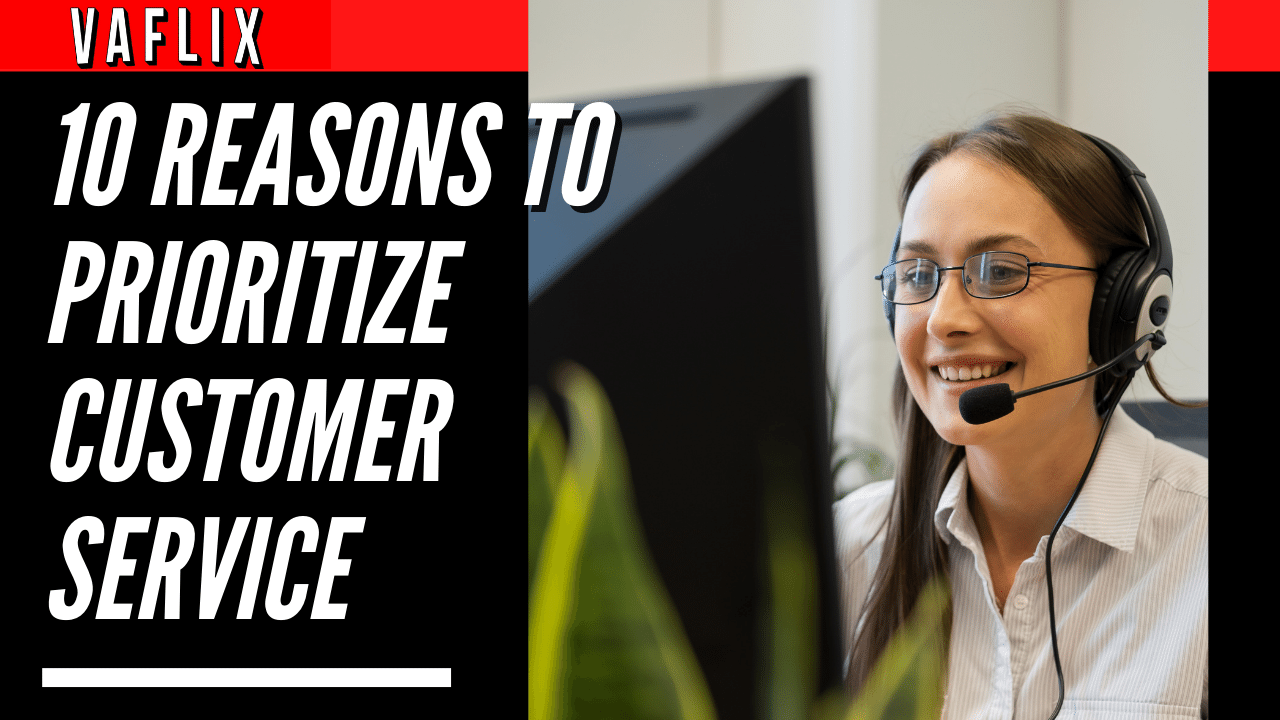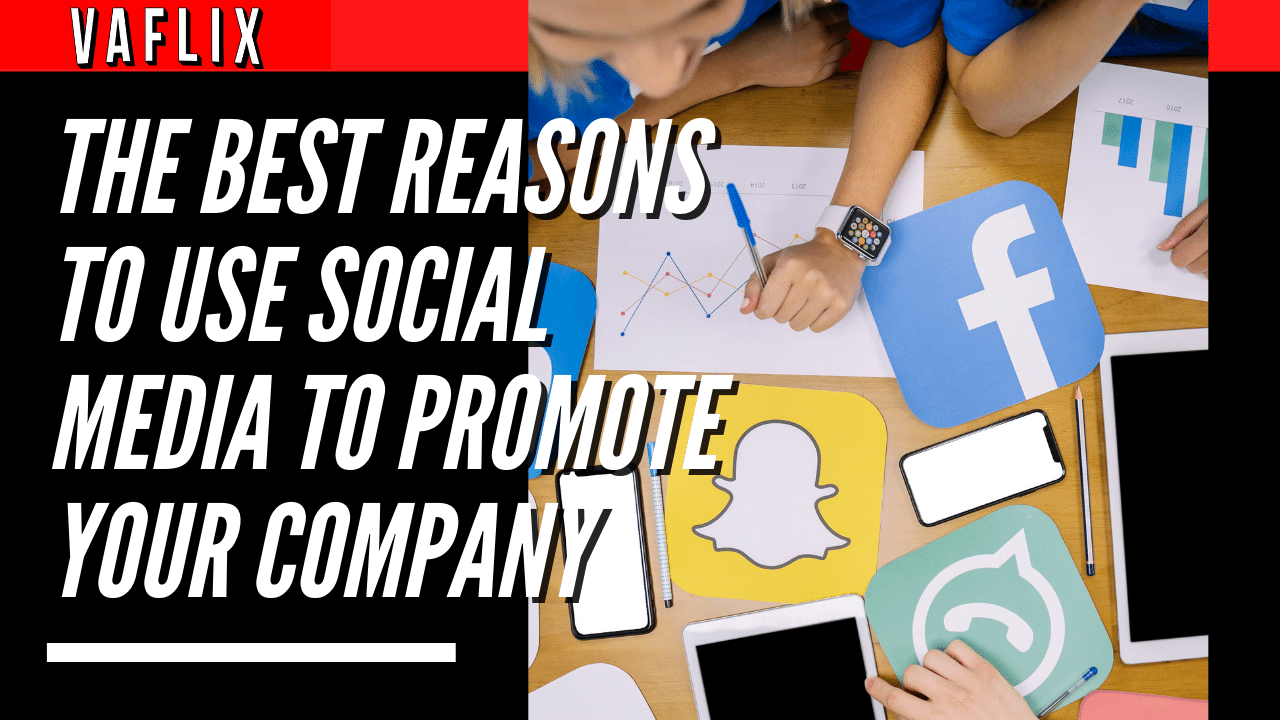Managing The Various Kinds of Workers In an Organization
Thinking of Hiring a Virtual Assistant?
Everyone on your team, regardless of how large it is, will have a unique set of characteristics. You need to be able to work with each individual on their own so that you can be a good leader. There is no one management strategy that is going to be successful for all of your employees. Rather than that, you should focus on finding ways to assist your various employees so that they can deliver their best work. The following is an overview of some common types of employees and some strategies for effectively managing them.
High-Maintenance Employees
Employees who take up most of a manager’s time may be thought of as high-maintenance. High-maintenance behaviors include always looking for approval, asking a lot of questions, and finding it hard to take criticism.
To deal with a worker who needs a lot of attention, it’s important to start a conversation about the problem. Find out what their needs are that aren’t being met. You can also use this time to talk about the employee’s specific actions that could be better and to offer ways to fix any problems. Above all, make sure that your interactions with each person are unique.
Self-Managing Employees
When you hire a self-managing employee, you may feel like you’ve found the holy grail of workers. It’s even better when your whole team is made up of independent, self-managing people. No matter how little help they need to do their jobs, though, you still have to be a good leader.
As a manager, it’s your job to make sure these workers are always excited and motivated about their work. Check in with them often to talk about how you can help them more by giving them feedback, giving them resources, and being clear about your team’s goals.
Shy and Introverted Employees
Sometimes you get an employee who is shy or introverted and acts in a reserved or shy way. They might not talk much in the office or during staff meetings, but they might still be hard workers. Everyone has a different approach to assignments and culture. As a manager, it’s your job to figure out why people act this way.
Give a shy or introverted worker space to work while letting them know you’re there to help. This will make them feel safe and supported. You can also have regular one-on-one meetings where you can talk about any problems in a more personal setting. Find out how this employee can do their best work and have the least amount of day-to-day stress.
A Team with Different Motivation Levels
No two employees are the same, and you’ll often end up with a group of people with different levels of motivation. Some employees always go above and beyond with little direction, while others might need more motivation to get their work done. Management is not a one-size-fits-all job, and different kinds of people need different ways to lead them.
For instance, high performers may need less attention, but managers should still set goals that can be measured and give these workers chances to learn and grow in their careers. On the other hand, people who don’t do well might need clear directions, goals, and expectations. Often, it’s not because they don’t want to, but because they don’t have enough confidence. It’s important to point out “teachable moments” so they can learn from them and build their confidence.
Older Employees
When you are a young manager and your direct reports are older, it can be scary. Even though you are qualified, you might worry that your employees won’t respect your authority when you deal with problems or give out tasks. Instead of trying to force your employees to respect you, it’s better to get to know and understand what they do well. Also, these employees may have important institutional knowledge that can help put new systems or strategies in context.
There may also be some resentment because of the difference in age, so it’s important to show this employee that you care about their success and ask for their help. You should also talk to and give feedback to each employee in a way that works best for them. For example, an older worker might prefer to talk to you face-to-face, while a younger worker might respond better to an instant message or email.
Remote Employees
COVID-19 has made it much more common for people to work from home in the last few years, but it can be hard to manage employees from afar. People who work from home may feel less excited or connected to the rest of their team, which can make them less productive. Find ways to keep remote workers interested, like making them feel like they are still being heard and that you know them on a personal level.
It is especially important to make sure that the employee has the technology and security they need to be productive. Think about the technology that each employee needs to do their job. For example, employees who rely on meetings should have the most up-to-date tools for working together on audio and video. When employees take company laptops to public places like coffee shops and airports with shared Wi-Fi, security should also be a top priority. These places make it easy for their laptop to be hacked and for sensitive information about your company to be taken.
A New Team
You might be put in charge of a new team in your current company or when you join a new one. Get off to a good start by making a good first impression. One way to do this is to set up short one-on-one meetings with each of your new employees so you can get to know them better. This also allows you to introduce yourself on a more personal level.
Set up open lines of communication during this time to find out how each worker likes to give and get feedback. You’ll want them to feel like they can talk about their worries or ideas without fear of being judged. From there, you can also talk about any problems they’ve had in the past or are still having and offer ways to make their work easier.
Gen Z employees
Generation Z, which includes people born between 1996 and 2015, is starting to get jobs. As the most diverse generation, they want their leaders to share their values about inclusion, the environment, and social justice. This group brings different traits to the workplace, which is important to know if you want to manage them well. For this tech-savvy group, it’s important to work on their careers and give them clear instructions and goals. Diversity is another important goal. Generation Z is more likely to question everything, and they care a lot about their mental health.
Leading by example is the best way to manage Gen Z employees and keep them on board, so make sure you adopt the values and management styles that appeal to them the most. Make sure to listen to your young employees’ concerns and give them a place to work that is both supportive and challenging.



















